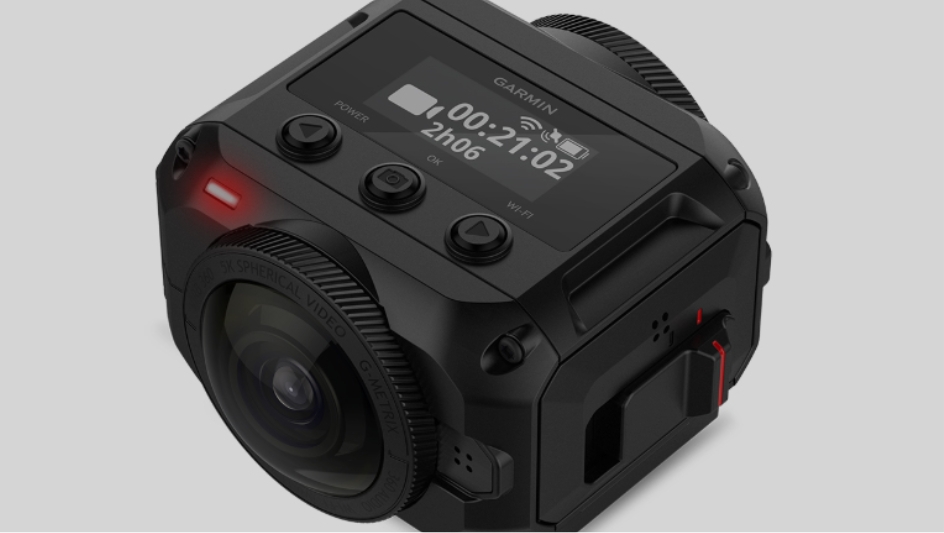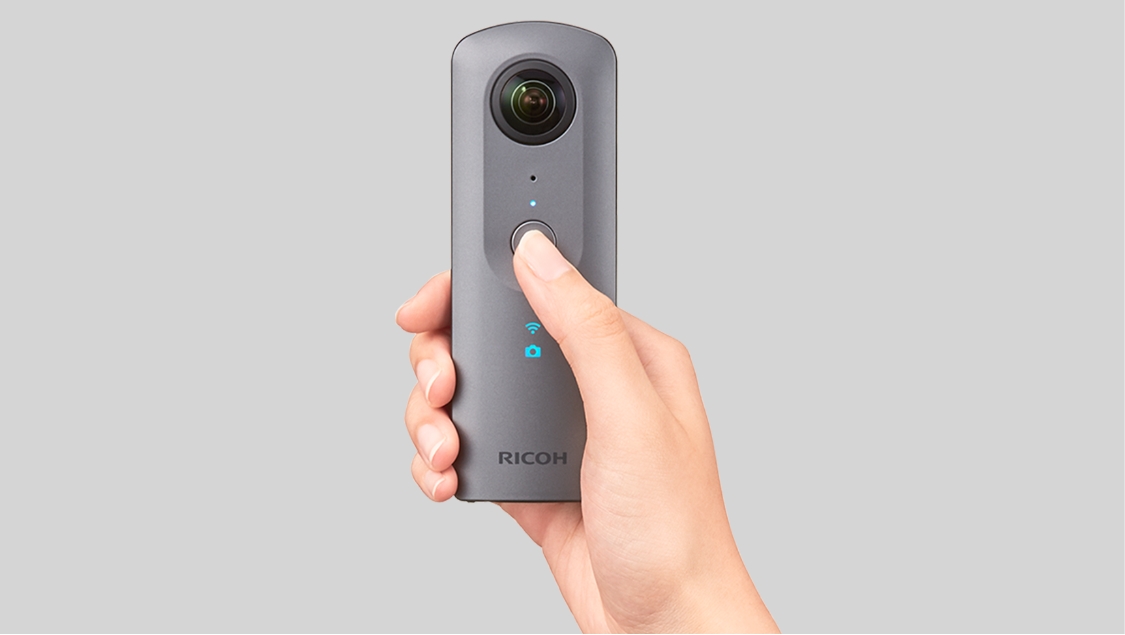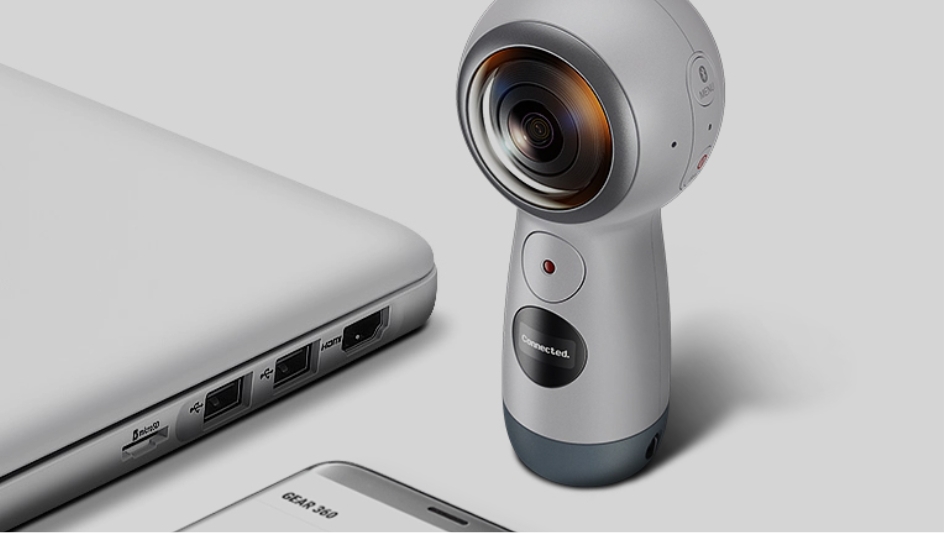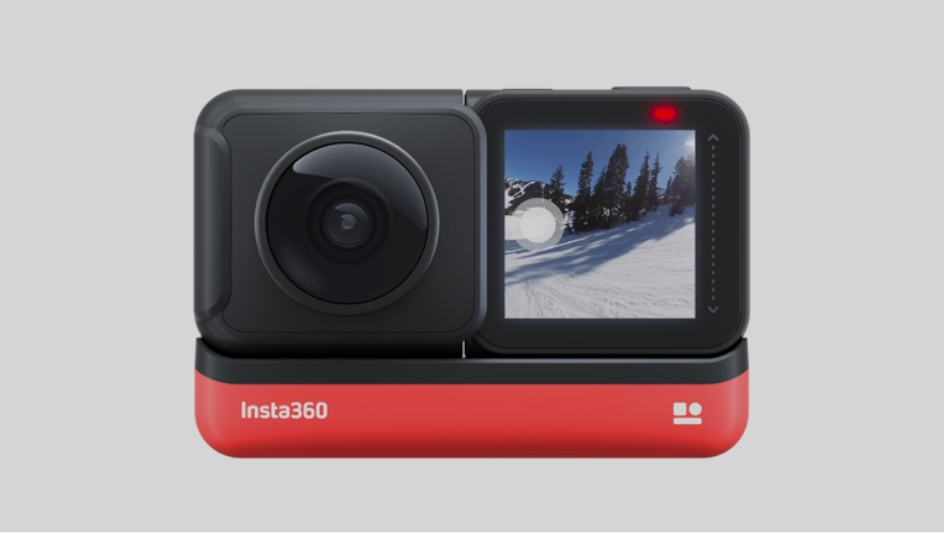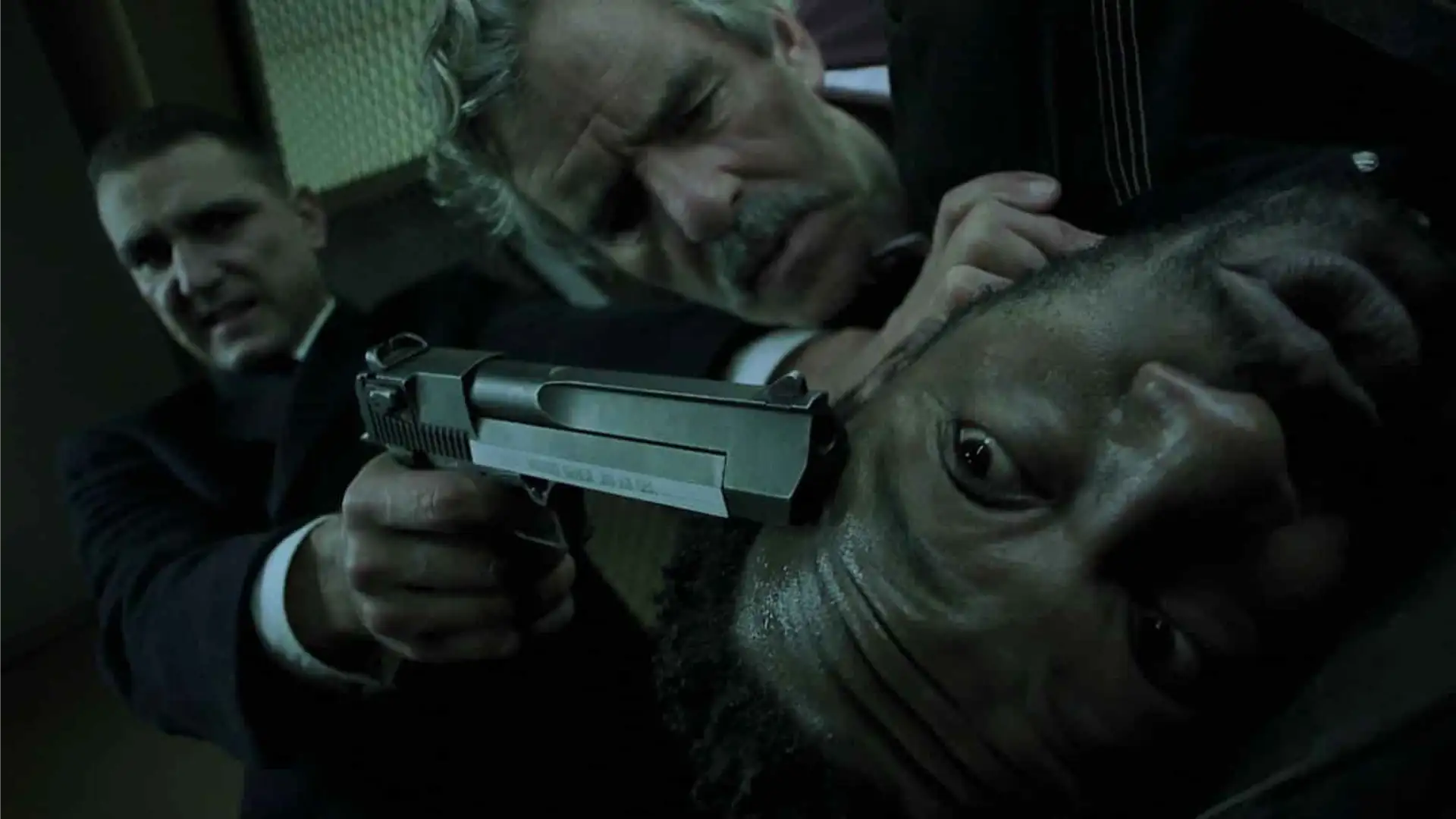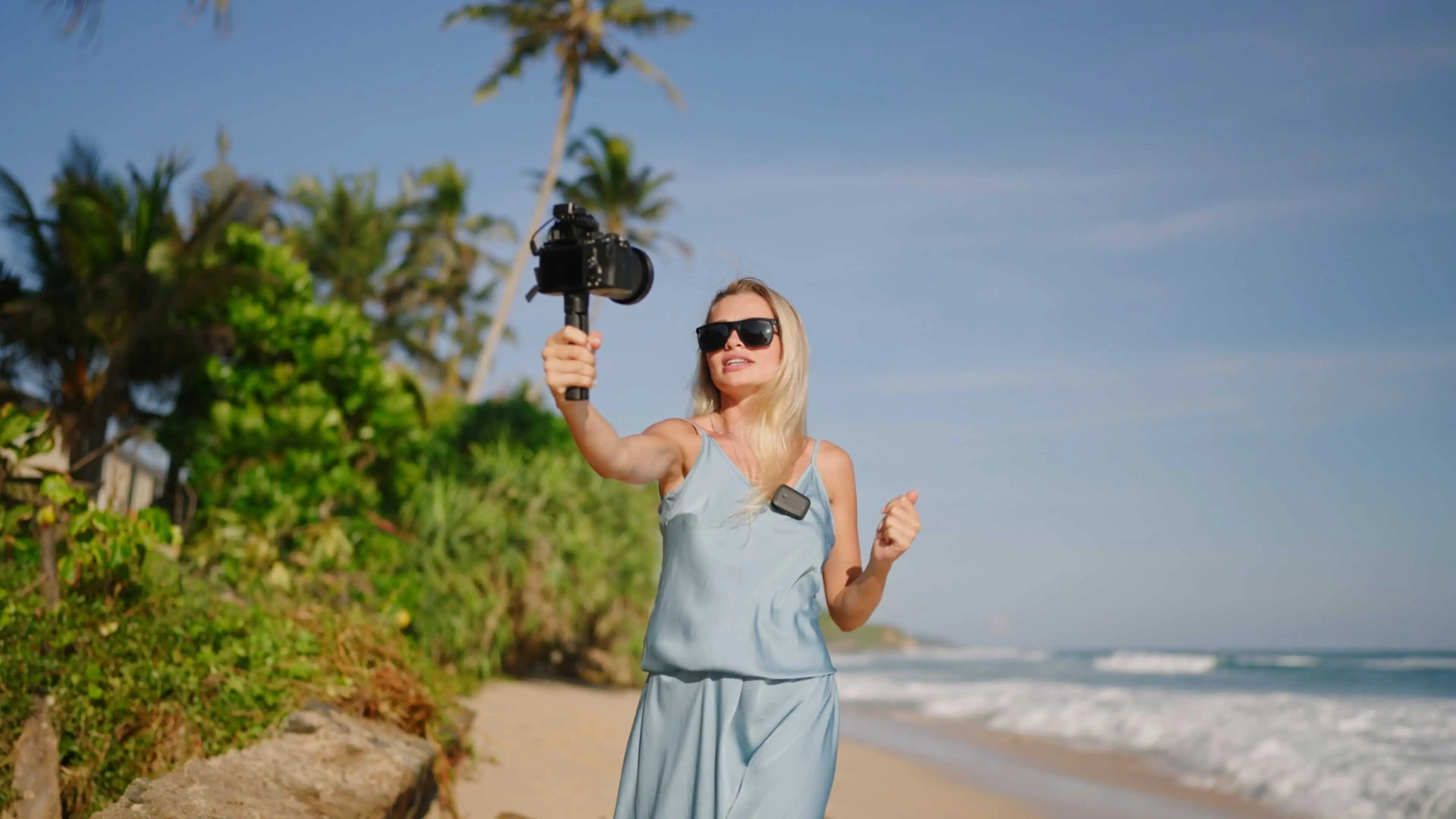If you record a video from every angle or 360 degrees at the same time, you will have 360 video footage. The boldest feature of this kind of videos is the ability to see the subject from various perspectives and watch every corner of the location by your choice. So it breaks the routine of stable camera angle and hand the movement to the viewer.
People often confuse 360 videos with VRs (virtual reality) but the difference between 360 and VR starts from their name. The word “virtual” means what you see is not real and it’s made by computer, while what you see in 360s is a crazy wide-angle view from something in the real world. But a common element between them is that you can watch 360 videos using VR headsets. We’ll get to that later.
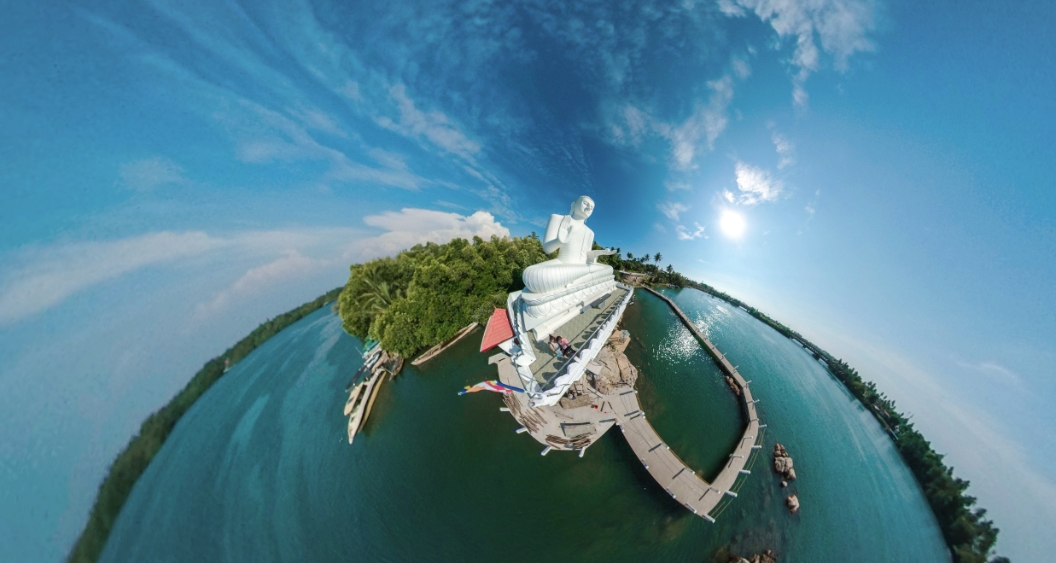
Application
The boundaries of the use cases of 360 videos are only limited by how creative you are. People have tried many ways to use this kind of videos to create unique experiences, here we mention some of the coolests:
Travel Destinations
Work Procedure
Close to Reality Action Experiences
Discovery and Investigation
Optional Scenes
How to shoot 360
Just like any other video project there are many kinds of camera to use while shooting a 360 video but the two main categories are Omni-directional cameras and Multi-camera rig. Omni-directional cameras are cameras with two or more lenses to cover almost the whole sphere around it and create a 360 video in a file. Multi-camera rig on the other hand, is recording 360 videos using several cameras then stitch the files together to have 360 angle. But in general, If you want to get the best outcome, you may need to do some 3D editing on your footage so that it works better in VR headsets. If you want a cost efficient option that is able to capture up to 5.7K at 30 fps then Insta360 is the one. It also provides image stabilization which is very practical. Another option that many videomakers work with is Garmin VIRB 360. The Garmin VIRB360 gives you the same quality as Insta360 but it also has four built-in microphones that capture spatial audio. If you’re thinking about taking 360 photos then I recommend you check Ricoh Theta V. It captures 4K resolution at 30fps videos and 14-megapixel 360 images. It’s also cheaper than Garmin. And the last but not the least is Samsung Gear360 that captures 4k 360 videos and images with the ability to connect to the phone to share and go live.
Keep in mind that some points must be considered while filming 360s as it’s different from conventional ones. Make sure you’ve checked all this as it is difficult to cover mistakes in post production, when it comes to 360 filmmaking.
- Be aware of your environment as in 360 filmmaking the set is almost everywhere. So check every angle and corner of your location to avoid having anything unwanted in your video.
- Decide where you want to be in the video. In traditional filmmaking people could hide behind the camera but here you need to decide whether you want to be a part of your video or prefer to hide somewhere because the camera captures every angle and there’s no such thing as behind the camera.
- Choose your tripod based on the fact that three-legged tripods usually reflects the shadow of its legs in the video. So I recommend you to use one-legged tripods to avoid that.
- Shoot more than what you need for your project to make sure you’ve captured everything because as said before, you cannot change a lot during post production.
- Sound recording is a challenging section of 360 filmmaking. As the camera covers everywhere around it you need to hide the recording equipment so can’t use boompoles. You also need 3D audio on your 360 video, so a good option is using spatial recorders like the Zoom H3-VR that records 3D audio and can be hidden easily.
How to edit 360 Videos
Editing 360 videos is another challenging part which can be done using Adobe Premiere Pro but you need to change some settings. Just consider these elemental tips while editing;
If you’re using multiple cameras or your camera doesn’t stitch the files on its own, you need to stitch the files together to create a fully 360 video. The easiest way to do this is using Insta360 stitcher plugin that automatically stitches your seperate files into a single one.
You can easily import equirectangular videos just like you do with normal videos, but to watch the preview suitable to 360 you need to click the wrench icon at the bottom right on the preview window and choose the VR video and enable it, then you’re good to go.
The rest of the editing process like color grading and the other parts are the same as the process for the normal video editing.
As for the export section, everything is as usual, just make sure you check the “Video Is VR” checkbox at the bottom of the Video tab and your Frame Layout is set on “Monoscopic”.
Besides, some companies like Insta360, have their own specialized app to edit 360 videos captured by their cameras. But we do recommend you to use Adobe premiere pro. You can watch this video by Daniel Pharaoh to get more details on editing 360 videos.
How to watch a 360 video
There are a couple of ways to watch 360 videos but each one creates a different level of immersive video experience. The simplest way to watch them is by using your computer display and explore it by your arrow keys or mouse or if your using your mobile you can change the angle by swiping the screen or moving the phone to the direction you want to watch. Some platforms like Vimeo has provided an application for watching 360s that enables you to search the corners by using pan and rotate.
But the way you can get the highest level of experiencing a 360 video is by using the specialized headsets like Samsung Gear VR or Google Cardboard that literally brings you inside the video and gives you the chance of exploring it more vividly.
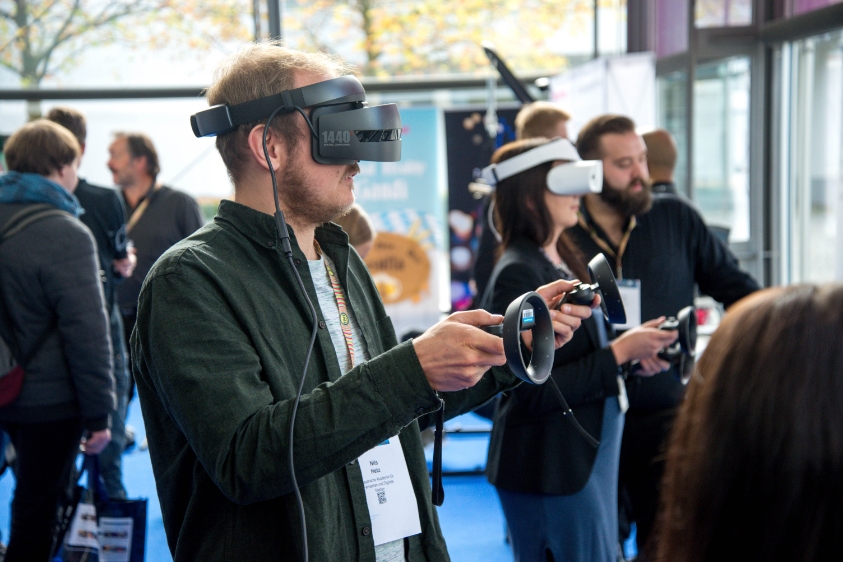
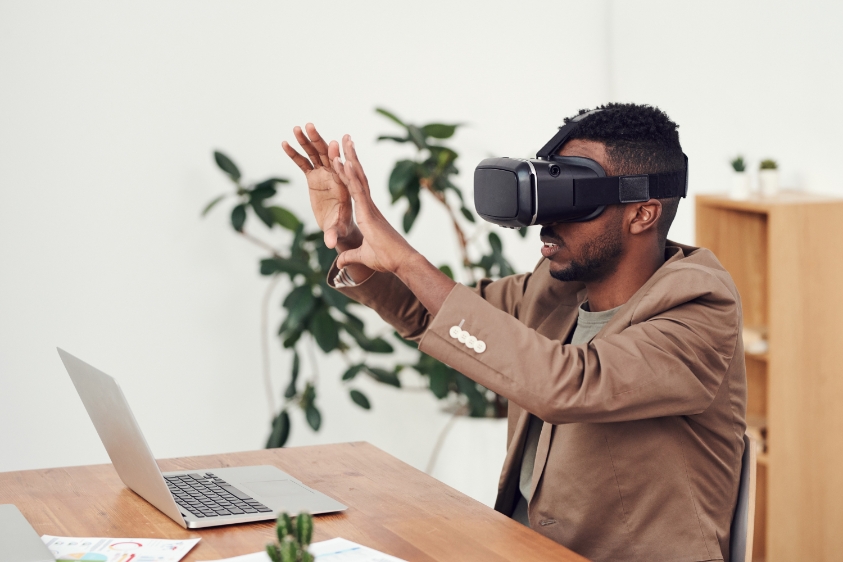
Conclusion
In general, 360 videos are a useful innovation in video industry that is enhancing the effectiveness of films by enabling viewers to explore and surf videos more collaboratively. But as for any other type of new technologies, this adventure needs to pursue its way to be a more lean-forward experience while it’s positioning is proceeding.
